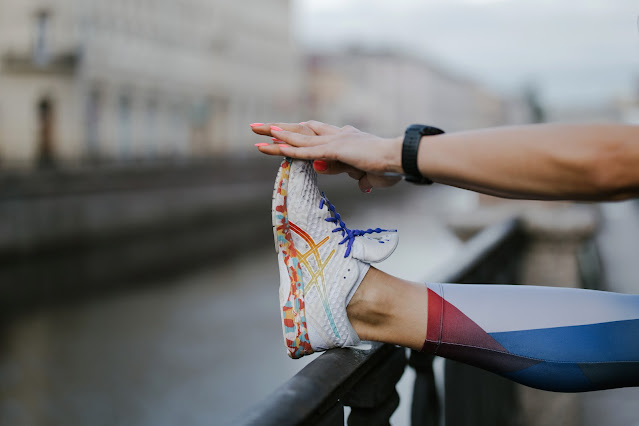Sneakers and Sports: How Athletic Footwear has Revolutionized Performance
Athletic footwear has come a long way since the early days of sports. From leather cleats to high-tech running shoes, sneakers have played an important role in revolutionizing sports performance. In this blog post, we'll explore the history of athletic footwear and how it has changed over time to become an essential part of sports.
The Early Days of Sports Footwear
In the early days of sports, athletes wore basic leather shoes with little to no support. Cleats were added to shoes for better traction on grass and dirt, but there was little consideration given to comfort or performance. It wasn't until the mid-20th century that sports footwear began to evolve.
The Rise of Athletic Footwear Brands
In the 1950s, athletic footwear brands like Adidas and Puma began to emerge. These brands introduced new materials and designs to sports footwear, making shoes more comfortable and supportive. They also started to create specialized shoes for different sports, such as basketball and running.
The 1960s and 1970s saw the rise of jogging as a popular pastime, and brands like Nike and New Balance began to create running shoes with cushioned soles and other features to improve performance. In the 1980s, Reebok introduced the first athletic shoe specifically designed for aerobics, and other brands followed suit by creating shoes for specific sports and activities.
The Tech Revolution
In the 1990s, athletic footwear underwent a major technological revolution. Brands began to incorporate new materials and features, such as air pockets, gel cushioning, and carbon fiber plates, into their shoes to improve performance. The Nike Air Max, which featured a visible air pocket in the sole, became one of the most iconic sneakers of the era.
The 2000s saw the rise of minimalist running shoes, which were designed to mimic barefoot running. These shoes were lightweight and flexible, and they often had very little cushioning or support. While some runners found them to be more comfortable, others experienced injuries from the lack of support.
Today's Athletic Footwear
Today, athletic footwear continues to evolve with new materials and designs. Brands like Adidas and Nike are using 3D printing technology to create shoes that are customized to the wearer's foot shape and running style. Other brands are experimenting with recycled materials to create more sustainable footwear.
One of the most popular trends in athletic footwear today is the "dad shoe" trend. This trend is characterized by chunky, retro-inspired sneakers with thick soles and bold colors. Brands like New Balance and Reebok have released new versions of classic sneakers from the 80s and 90s, and these shoes have become must-haves for sneakerheads and fashion enthusiasts.
The Future of Athletic Footwear
As technology continues to advance, it's likely that athletic footwear will become even more high-tech and specialized. We may see shoes with sensors that track our movements and provide real-time feedback on our performance. We may also see shoes that are 100% sustainable, made from materials like recycled plastic and biodegradable foam.
The Rise of Sneaker Marketplaces
As the demand for sneakers has grown, so has the market for buying and selling them. Sneaker marketplaces like Lagait and GOAT have become popular destinations for sneaker enthusiasts who are looking to buy or sell rare or limited-edition sneakers. These marketplaces provide a secure platform for transactions and ensure that buyers receive authentic merchandise.
Conclusion
Athletic footwear has come a long way since the early days of sports. From basic leather shoes to high-tech running sneakers, sneakers have revolutionized sports performance. As technology continues to advance, we can expect to see even more innovations in athletic footwear in the years to come.





Comments
Post a Comment